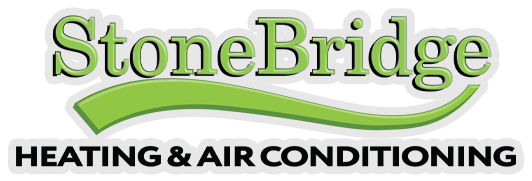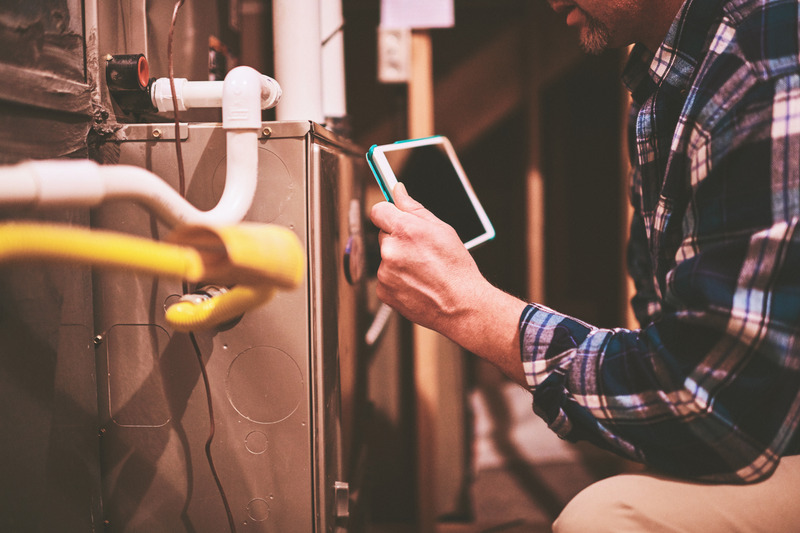A well-functioning furnace not only keeps you warm and cozy but also ensures energy efficiency and safety within your home. Furnaces require regular maintenance and occasional repairs to perform optimally, which is why it is crucial to check that your furnace is heating your home effectively and regularly.
Let’s break down some easy methods to test the efficiency of your furnace for optimal coziness.
- Check the Airflow: Proper airflow is essential for efficient heating. Place your hand over the vents throughout your home. You should feel a steady stream of warm air. If the airflow feels weak or inconsistent, your furnace could be experiencing issues with its blower motor or air ducts. A furnace tune-up may be necessary to fix these problems.
- Monitor the Temperature: Use a thermometer to measure the temperature in different rooms of your home. Compare these readings with your thermostat’s set temperature. If there’s a significant difference between the two, it could signal that your furnace is struggling to maintain heat output. This issue might result from a faulty thermostat, dirty air filters, or issues with the furnace’s heating elements.
- Listen for Unusual Sounds: While your furnace will inevitably produce some noise during operation, loud or unusual sounds could indicate underlying problems. Sounds like banging, rattling, or squealing noises coming from your furnace raise a red flag. These sounds might point to issues such as loose components, worn-out belts, or malfunctioning motors. Consider getting your furnace repaired quickly to prevent further damage and insufficient heating.
- Inspect the Pilot Light or Ignition System: For gas furnaces, a properly functioning pilot light or ignition system is crucial for ignition and heat production. Check to see if the pilot light is burning steadily and has a blue flame. If it’s flickering or has a different color, it could indicate a problem with the gas supply or the burner assembly. If you have an electronic ignition system, ensure that it’s igniting the burners consistently.
- Assess Energy Bills: Keep an eye on your energy bills, especially during the winter months. A sudden increase in heating costs without a corresponding increase in usage could be a sign that your furnace is operating inefficiently. Clogged air filters, worn-out components, or improper airflow can cause your furnace to work harder than necessary, increasing energy expenses. Investing in regular furnace maintenance can help optimize energy efficiency and reduce heating costs.
- Schedule Professional Maintenance: While DIY inspections can provide valuable insights, nothing beats professional expertise when it comes to furnace maintenance. Scheduling an annual furnace tune-up with a qualified HVAC technician for a proper inspection. The technician will inspect, clean, and lubricate various components of your furnace, ensuring optimal performance and longevity. They can also pinpoint potential issues before they escalate into expensive repairs.
Ensuring that your furnace is heating your home effectively is essential for comfort, energy efficiency, and safety. By following these simple testing methods and prioritizing regular furnace maintenance and tune-ups, you can enjoy reliable warmth while minimizing the risk of unexpected breakdowns.
Are you in need of a furnace tune-up or installation? We’re your go-to for heating maintenance and repair. Contact us today to schedule your next appointment.



